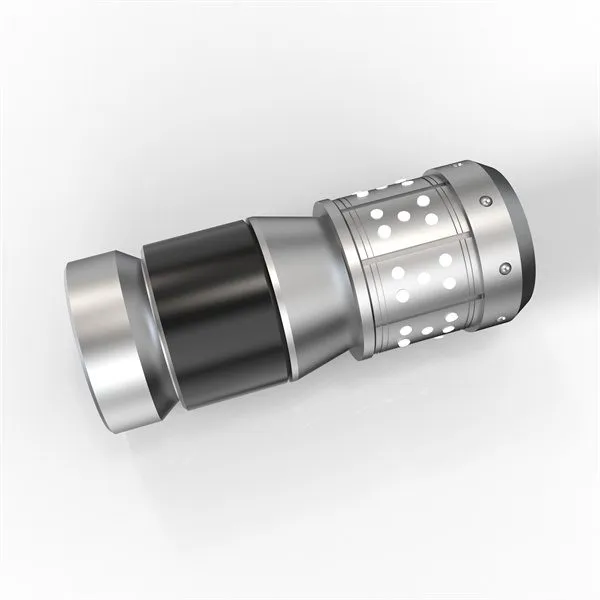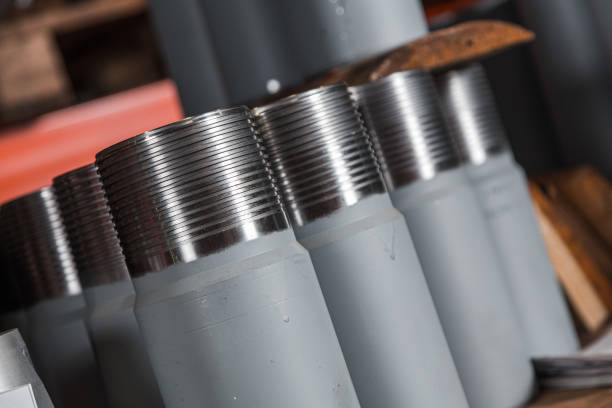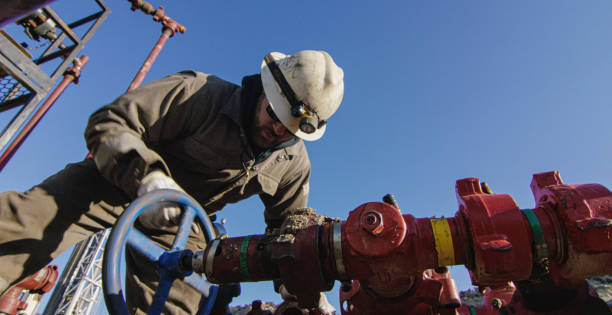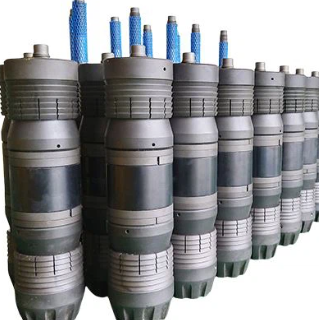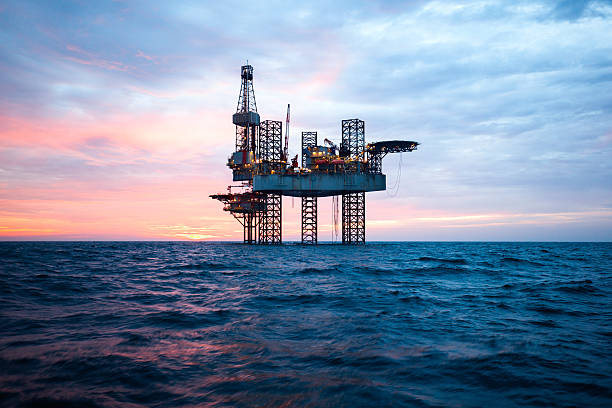English
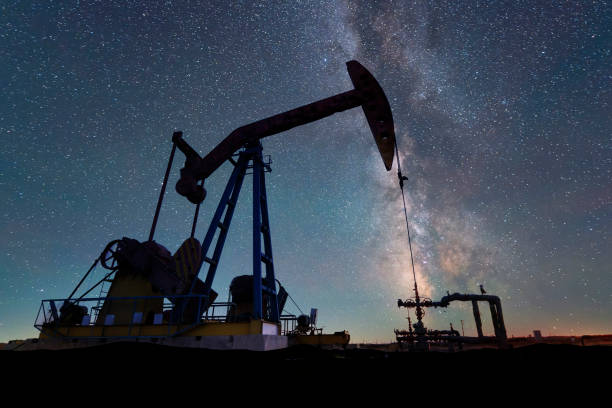
Oil and gas equipment
The Silent Engine Powering the Energy Transition

For decades, the image of oil and gas equipment conjured towering derricks, labyrinthine pipelines, and roaring refineries – symbols of industrial might firmly rooted in the hydrocarbon age. Yet, as the global energy landscape undergoes its most profound shift in a century, this critical infrastructure is not being discarded; it’s being radically reinvented. The most compelling story in energy today isn’t just about the rise of renewables, but about how the existing backbone of fossil fuel production and transport is transforming into a crucial, often overlooked, enabler of the energy transition itself. The evolution of oil and gas equipment is where the pragmatic needs of today meet the imperatives of tomorrow.
The Expanding Mandate of Legacy Infrastructure
Traditional oil and gas equipment – drilling rigs, production platforms, pipelines, processing plants, storage terminals – was engineered with one primary goal: efficiently and safely extracting, moving, and processing hydrocarbons. However, its role is rapidly expanding:
1. The Methane Mitigation Mandate: Reducing methane emissions, a potent greenhouse gas, is arguably the most immediate and impactful action the oil and gas sector can take for climate goals. This drives unprecedented demand for advanced Leak Detection and Repair (LDAR) equipment: next-generation optical gas imaging cameras, drone-mounted sensors, continuous monitoring systems (CEMS/CAMS), and sophisticated analytics platforms. The equipment focus shifts from mere production to emissions intelligence.
2. Carbon Capture, Utilization, and Storage (CCUS) Hub Enabler: Vast pipeline networks, originally built for oil and gas, represent a massive, pre-existing asset for transporting captured CO2. Repurposing pipelines requires specialized CO2-resistant materials, advanced compression equipment, and robust monitoring systems to handle the unique properties of dense-phase CO2. Similarly, depleted oil and gas reservoirs offer prime geological storage sites, leveraging existing subsurface knowledge and some well completion and monitoring technologies, albeit requiring significant adaptation.
3. Hydrogen’s Launchpad: Blending hydrogen into existing natural gas pipelines is a potential stepping stone for the hydrogen economy. This demands equipment compatibility assessments and retrofits: hydrogen embrittlement-resistant materials for valves and compressors, specialized seals, and upgraded leak detection systems sensitive to hydrogen. Production facilities are also adapting, with electrolyzers and reformers becoming integrated parts of the equipment landscape.
4. Geothermal’s Accelerator: Leveraging drilling expertise and equipment honed in oil and gas is dramatically accelerating geothermal development. High-temperature drilling rigs, downhole tools, and advanced well completion technologies directly transfer, reducing costs and risks for geothermal projects aiming to tap deeper, hotter resources.
Pressure Catalyzing Innovation
This transformation isn’t voluntary altruism; it’s driven by powerful converging forces:
Investor & Regulatory Scrutiny: ESG (Environmental, Social, Governance) metrics are critical for capital access. Governments globally are implementing stricter methane regulations and carbon pricing mechanisms, making emissions control equipment essential for compliance and cost management.
Economic Resilience: Volatile hydrocarbon prices demand operational excellence. Predictive maintenance technologies (using AI/ML on sensor data), digital twins for optimization, and automation/robotics for inspection and remote operations aren’t just about the future; they are vital today for reducing downtime, improving safety, and cutting costs in conventional operations.
Resource Depletion & Complexity: Easily accessible reserves are dwindling. Extracting resources from deeper waters, harsher environments (Arctic), or complex reservoirs (tight oil, heavy oil) demands ever-more sophisticated equipment: subsea processing units, advanced drilling systems (RSS, MPD), high-pressure/high-temperature (HPHT) completions, and enhanced oil recovery (EOR) technologies. This drives continuous R&D in materials science and engineering.
The Talent Imperative: Attracting the next generation requires showcasing technological sophistication. The industry’s future hinges on integrating digital natives skilled in AI, robotics, and data science to operate and innovate this next-gen equipment.
The New Equipment Paradigm: Intelligence, Integration, and Adaptability
The cutting edge of oil and gas equipment is defined by
1. Digital Thread Integration: From design through decommissioning, data flows seamlessly. Digital twins simulate performance and predict failures. IIoT sensors provide real-time health monitoring. AI-powered analytics optimize every process, from drill bit performance to pipeline flow efficiency and flare minimization.
2. Modularity & Standardization: Accelerating project timelines and reducing costs, particularly for complex offshore developments and smaller-scale applications like modular LNG or CCUS units. Pre-fabricated, skid-mounted equipment streamlines deployment.
3. Materials Science Breakthroughs: Development of corrosion-resistant alloys, advanced composites, and coatings essential for harsh environments (HPHT, sour gas), hydrogen service, and CO2 transport/storage.
4. Robotics & Automation Revolution: Autonomous underwater vehicles (AUVs) for pipeline inspection, drones for flare stack and storage tank surveys, robotic crawlers for confined spaces, and automated drilling systems dramatically enhance safety, data accuracy, and operational continuity.
5. Electrification & Low-Carbon Power: Replacing gas turbines with electric drives powered by grid electricity (increasingly renewable) or onsite microgrids reduces the operational carbon footprint of facilities like compressor stations and LNG plants.
The Strategic Imperative: Equipment as the Keystone
Viewing oil and gas equipment merely as tools for fossil fuel extraction is a profound strategic error. It is evolving into:
The Emissions Control Backbone: Essential for meeting near-term climate targets through methane reduction and enabling CCUS.
The Bridge Infrastructure: Facilitating the integration of low-carbon fuels like hydrogen and geothermal into existing energy systems.
The Innovation Incubator: Technologies developed for extreme hydrocarbon environments (drilling, materials, sensors) are finding critical applications in geothermal, hydrogen, and mineral mining for batteries.
Conclusion: Powering the Pivot
The energy transition is not a simple switch but a complex, multi-decade reconfiguration. Oil and gas equipment, often perceived as part of the “old” energy system, is proving indispensable to building the new one. Its transformation – driven by digitalization, material science, and a fundamental shift towards emissions management and multi-fuel flexibility – positions it as a silent but powerful engine of change.
Companies investing in and deploying this next generation of intelligent, adaptable, and cleaner equipment are not just sustaining their core business; they are actively shaping the future energy mix. The winners in the evolving energy landscape will be those who recognize that the most critical pieces of equipment aren’t necessarily the newest turbines or solar panels, but the pipelines being retrofitted for hydrogen, the sensors meticulously tracking methane, the rigs drilling for geothermal heat, and the compressors sequestering carbon. The future of energy flows through the veins of reinvented oil and gas equipment.


